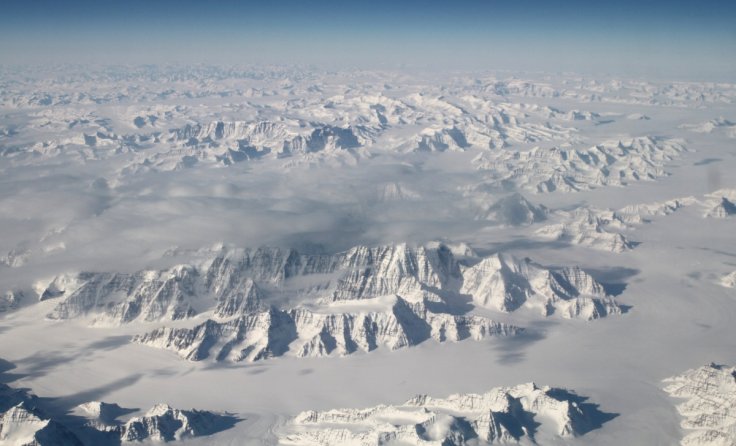A new study, published in the journal Nature Geoscience, has revealed that warm ocean water moving underneath the vast glaciers is contributing to the surface melting on Greenland's ice sheet even more quickly than the higher air temperatures.
The researchers studied one of the many "ice tongues" of the Nioghalvfjerdsfjorden Glacier, which is also known as the 79° North Glacier, in northeast Greenland, and revealed the new threat. The study explained that an ice tongue refers to the strip of ice that keeps floating on the water without breaking off from the ice on land. According to reports, the biggest ice tongue that the scientists studied is almost 50 miles long.
Presence of underwater current

The study findings revealed that there is an underwater current, which is more than a mile wide, where warm water from the Atlantic Ocean is able to flow directly towards the glacier. This brings large amounts of heat into contact with the ice and accelerating the melting of the glacier.
In a press release, Janin Schaffer, an oceanographer from the Alfred Wegener Institute in Germany who led the team of researchers, said: "The reason for the intensified melting is now clear." The scientists also said that a similar current has been found flowing near another of Greenland's glaciers, where a large ice tongue had recently broken off into the ocean.
Single largest driver of sea-level rise globally?
Greenland's ice sheet melting one of the biggest concerns at present as it is the single largest driver of sea-level rise globally. In December 2019, a study, published in the journal Nature, had said that Greenland's ice sheet is currently melting seven times faster than it was in 1992.
The scientists claim that the ice sheet has the potential to raise the global sea level by more than 24 feet. Earlier, reports had said that Greenland's ice sheet lost 197 billion tons of ice, which is equivalent to around 80 million Olympic swimming pools, in July 2019 alone.









